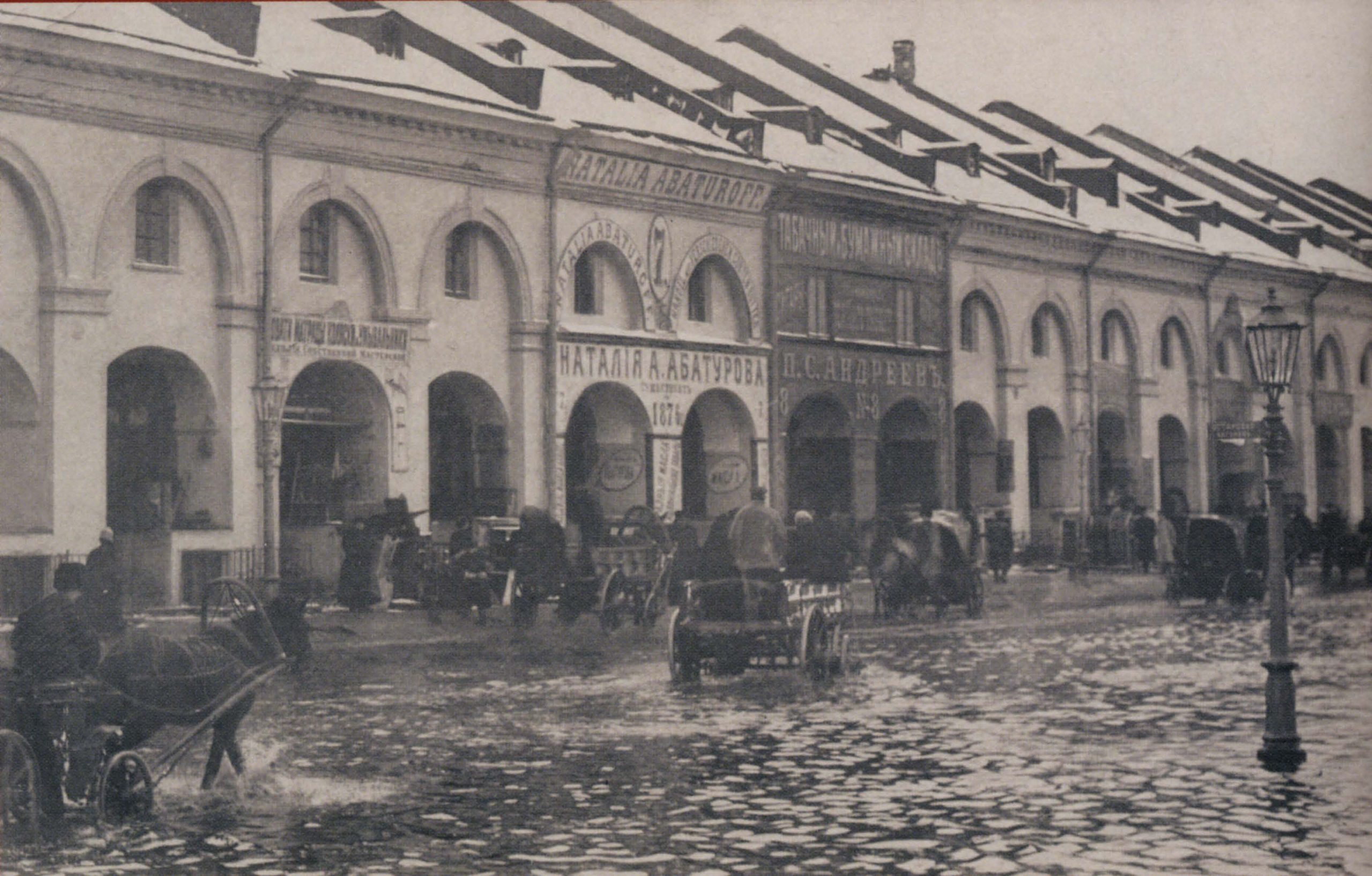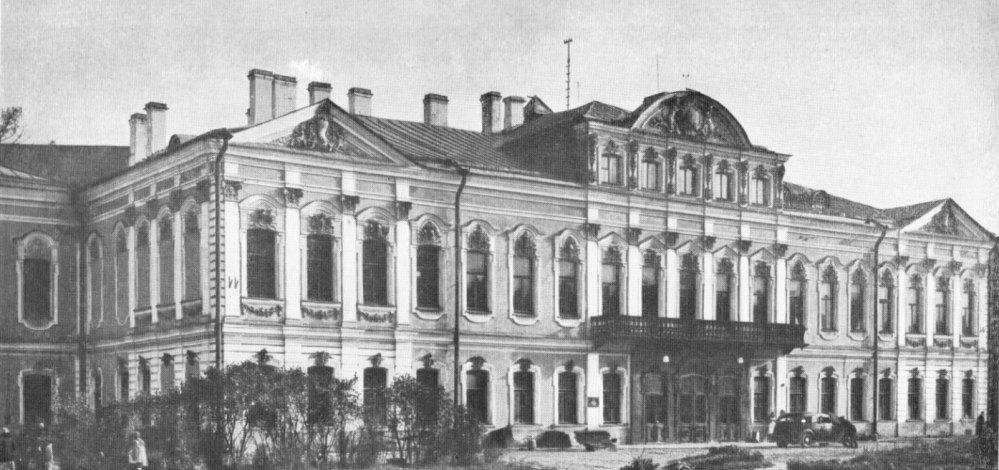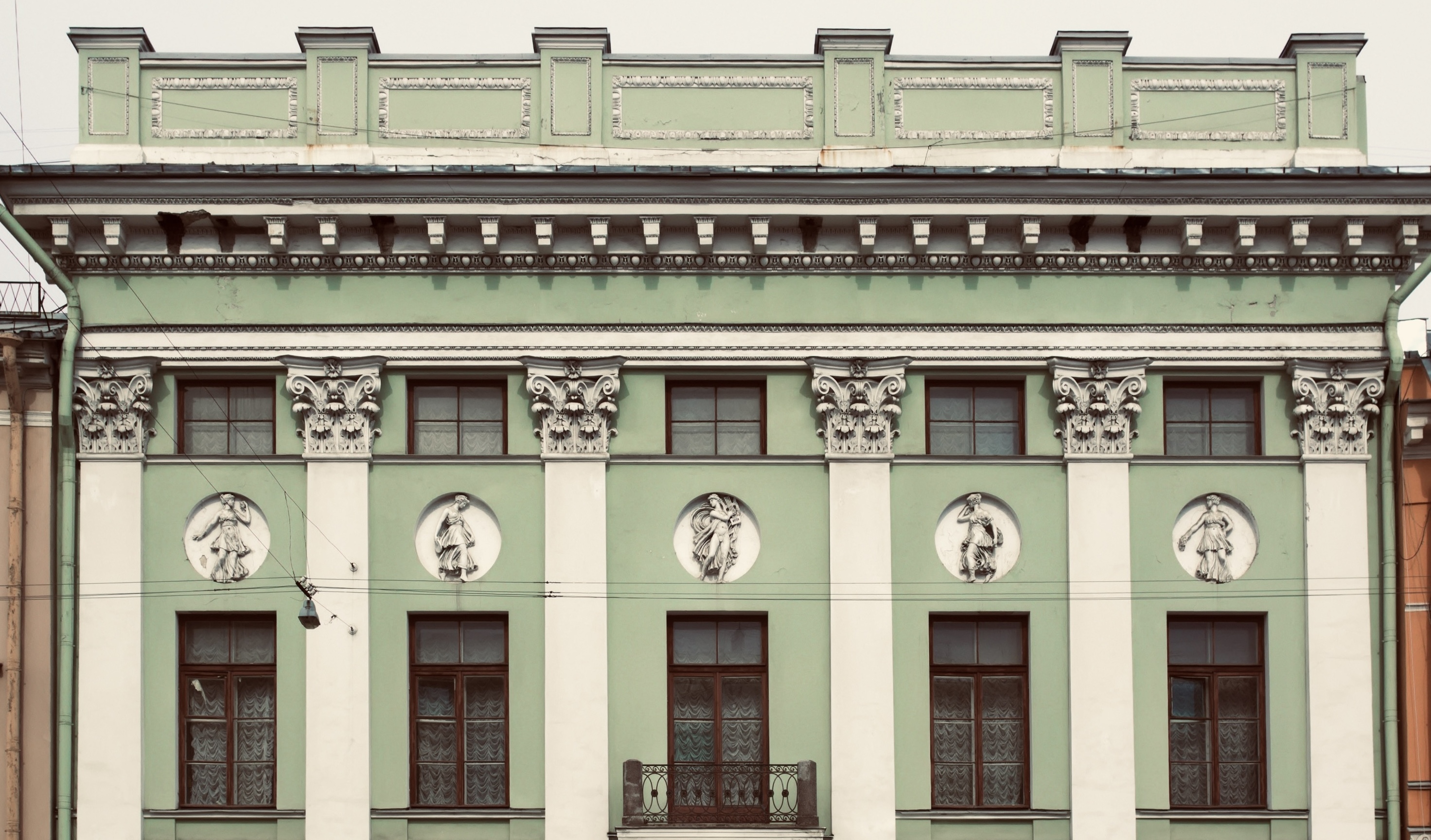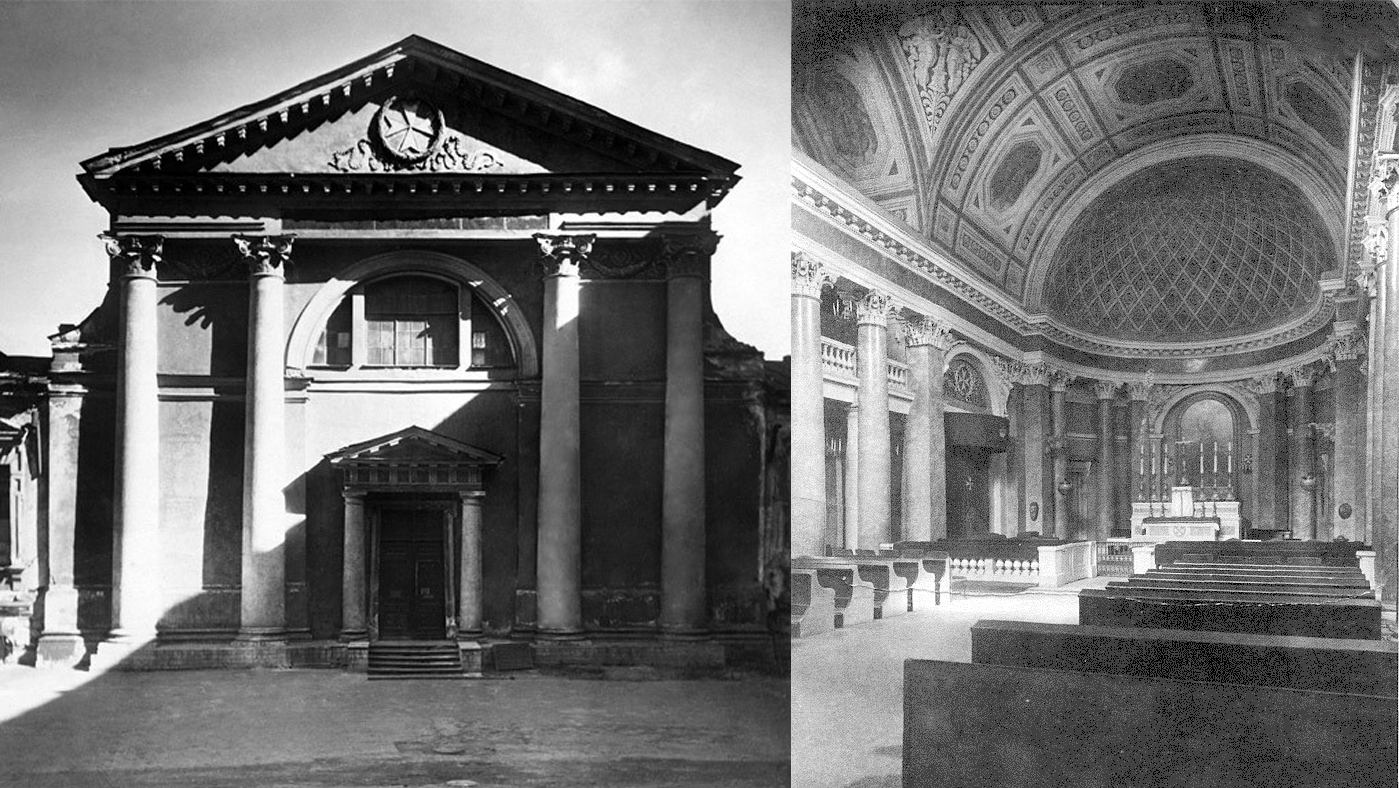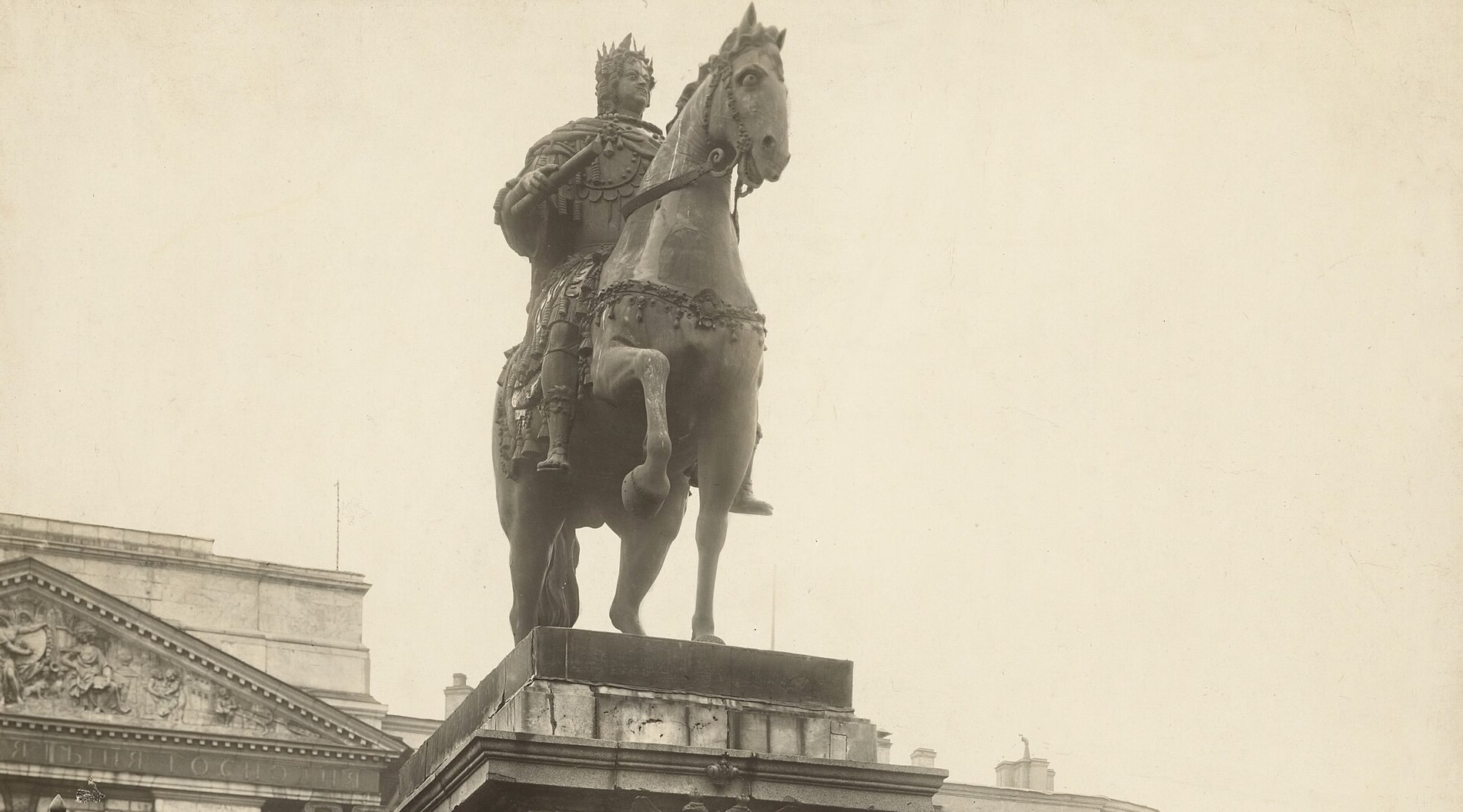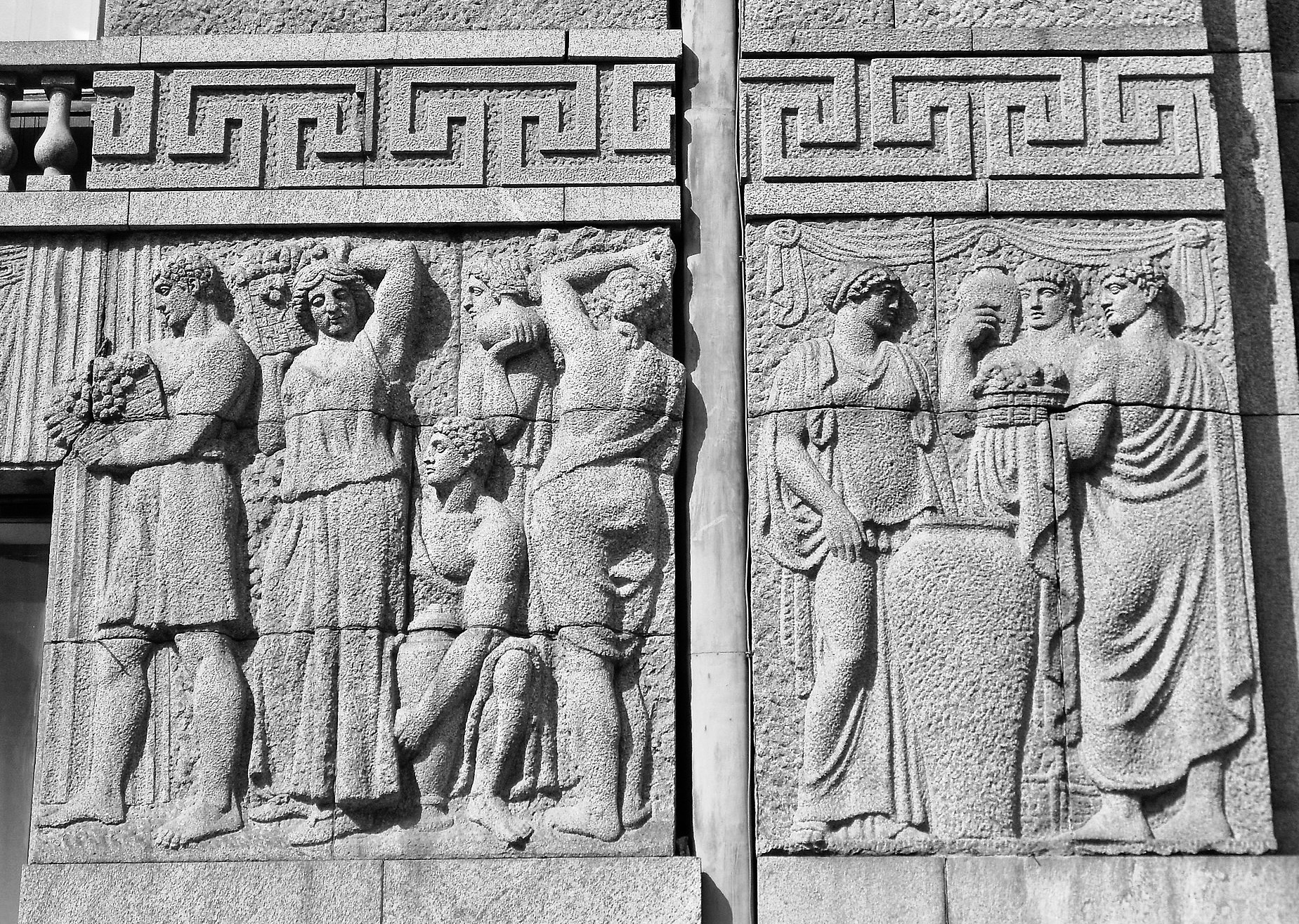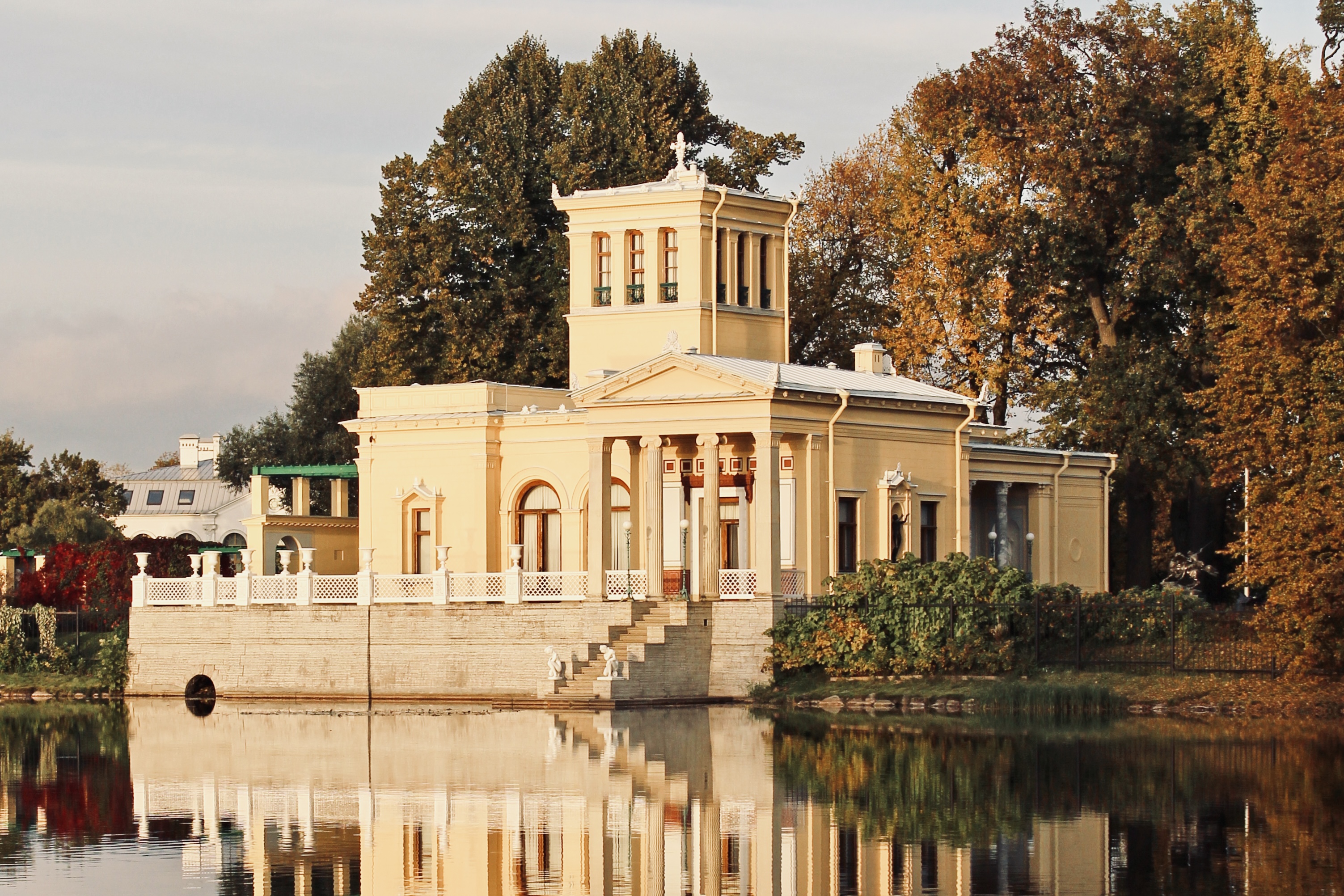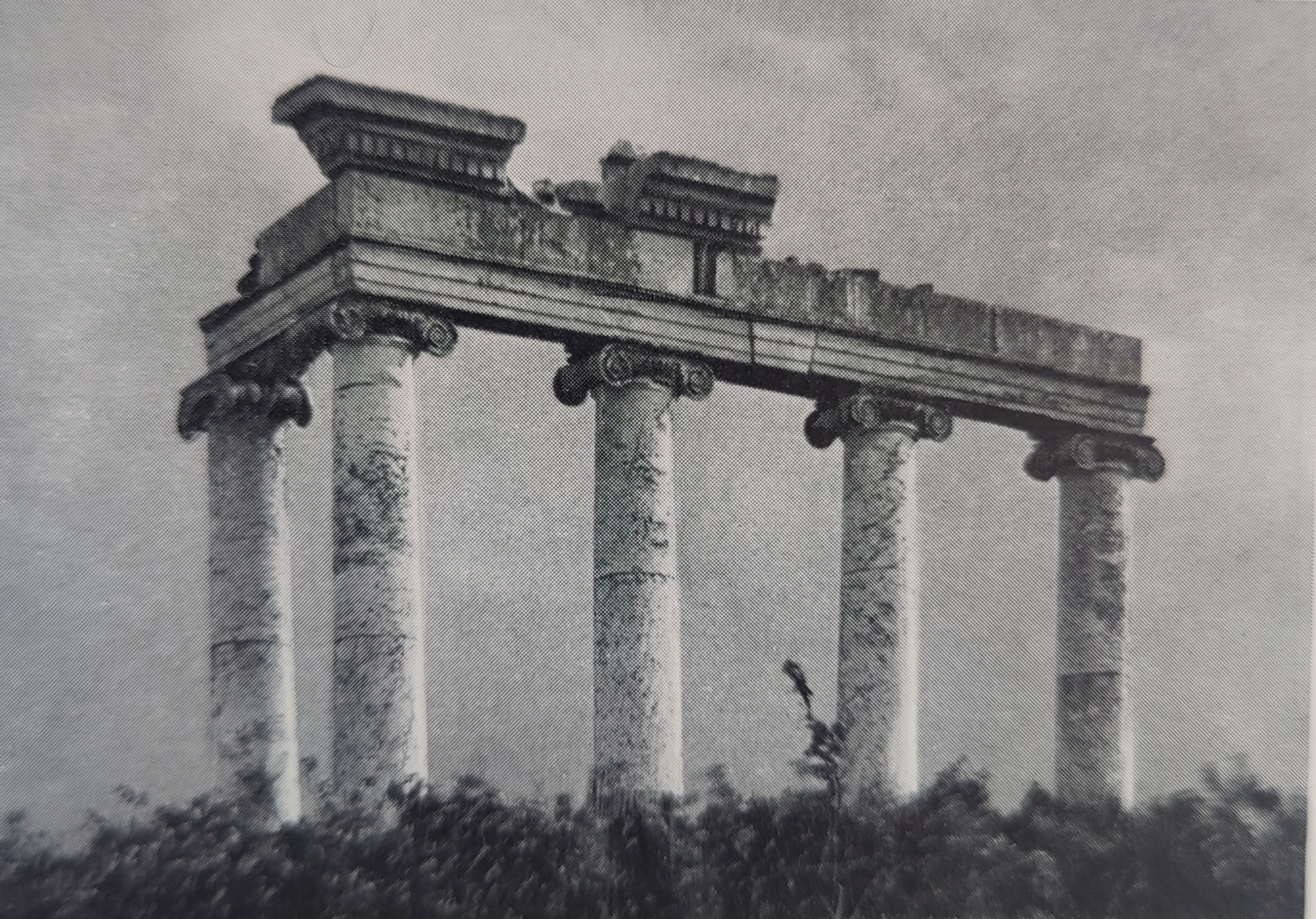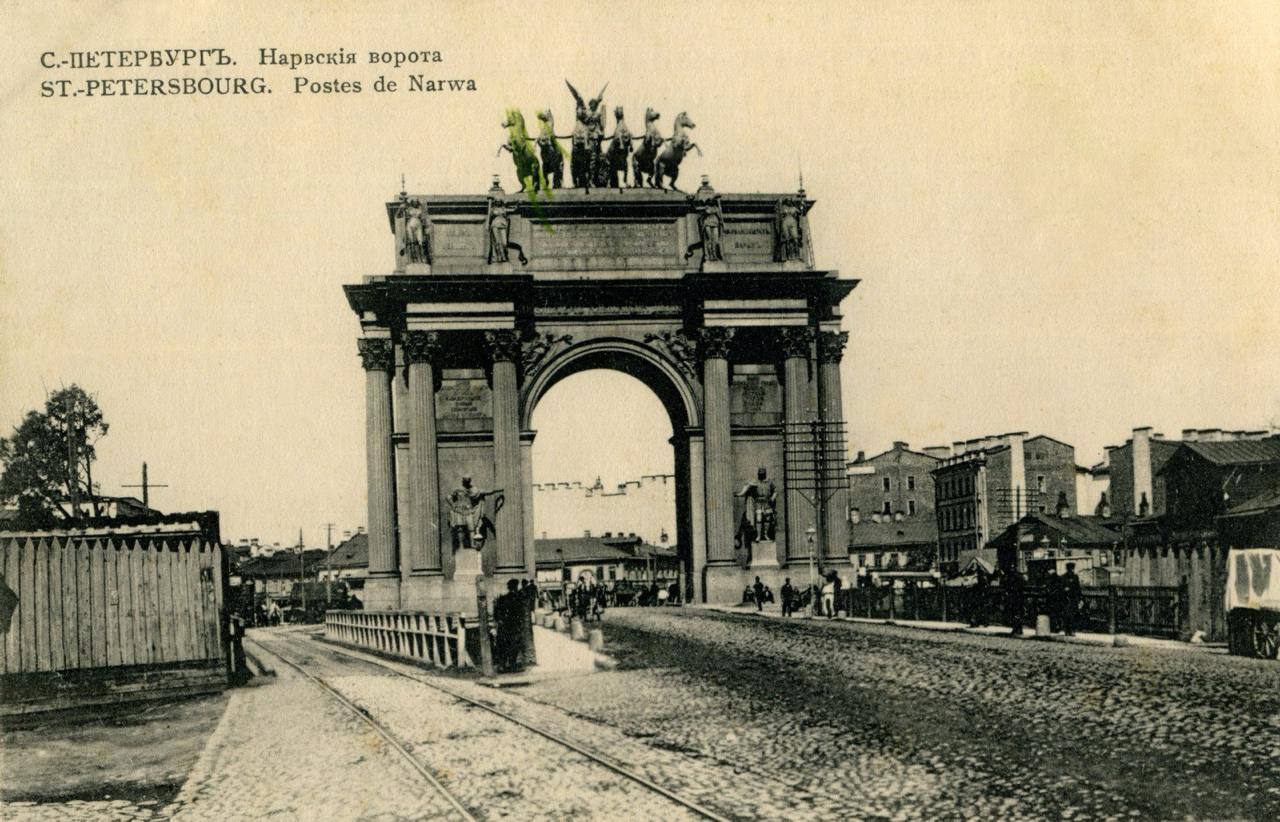Ancient city on the banks of the Neva
"In St. Petersburg, two types of architecture prevail: Greek and Roman," — this is how the capital of the Russian state was described by the prominent historian and local historian Ivan Ilyich Pushkaryov. The founder of the city, Emperor Peter, in an attempt to distance himself from the Moscow he disliked, which called itself the Third Rome, laid a new ancient city on the northern shores of the Neva. Absorbing the entire "spirit" and longing for antiquity, St. Petersburg recreated it in the strict plans of its architectural ensembles, classical colonnades, and triumphal arches.
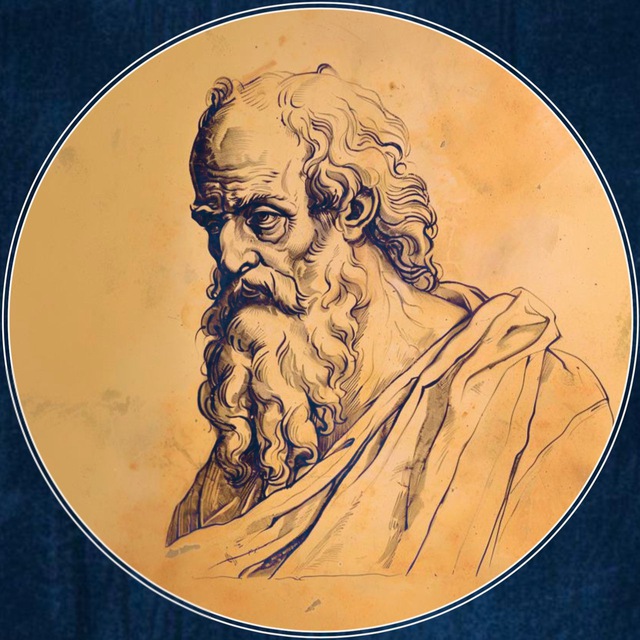
PONTVS TEAM
Portico of the Tauride Palace, built in 1789.
Nikolsky Market, built in 1789.
Sheremetev Palace, built in 1750.
The Abamelek-Lazarev House acquired its modern appearance in 1913-1914.
Maltese Chapel, built in 1798.
"Belvedere" near Petrodvorets, built in 1856.
Monument to Peter I "Great-grandfather to Great-grandson", installed in 1800.
Relief decoration of the Azov-Don Commercial Bank building, built in 1913.
Tsaritsyn Pavilion, built in 1844.
Antique ruin in Lugovoy Park of Petergof, built in 1852.
Narva Triumphal Gate, built in 1834.

